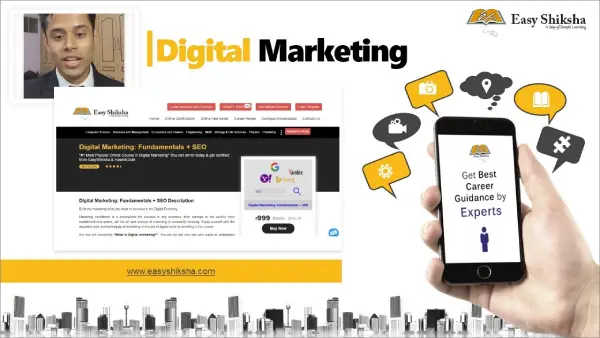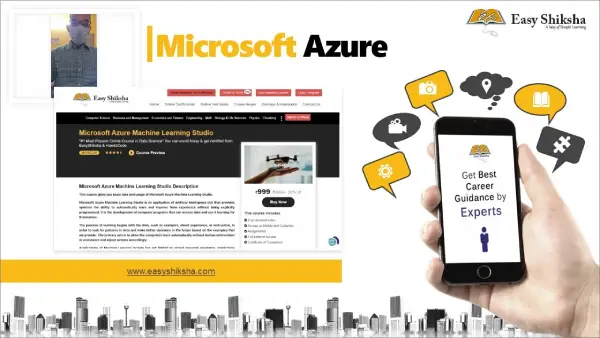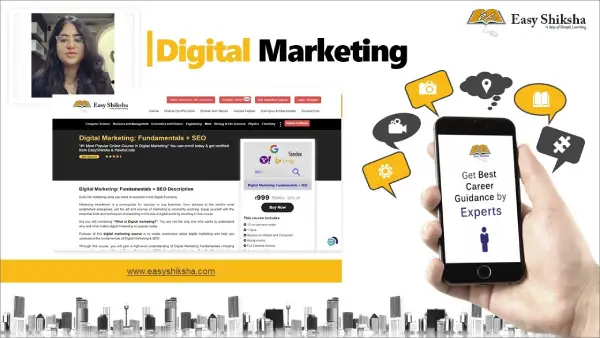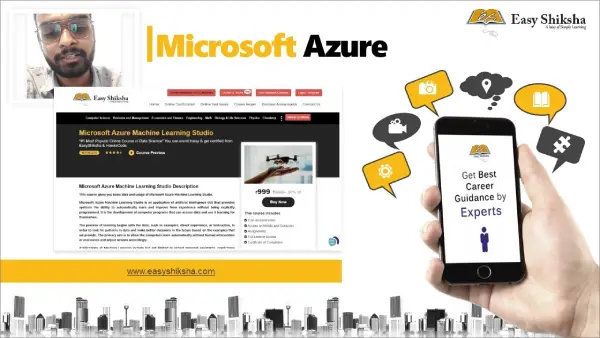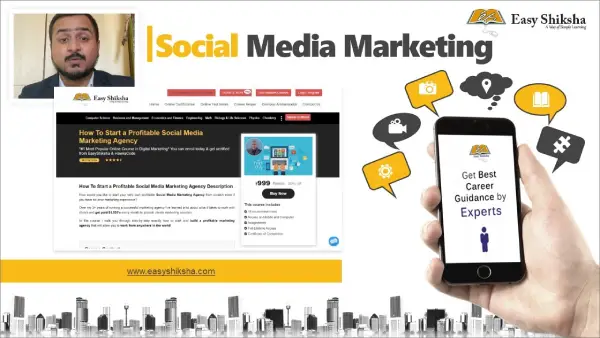Agile development has revolutionized the software development industry, and this course will provide you with a comprehensive understanding of its core principles and practices. In this course, you will delve into the fundamentals of Scrum, one of the most widely used frameworks in agile development. You will gain insights into the different aspects of Scrum, including events, artifacts, user stories, charts, estimation, tools, benefits, and certification. By the end of this course, you will be equipped with the knowledge and skills necessary to effectively implement Scrum in your software development projects.
Chapter 1: Introduction
The course begins with an introduction to agile development and the need for a different approach to software development. You will learn about the limitations of traditional methods and how agile development addresses these challenges. Through real-life examples and case studies, you will understand the principles and values that underpin the agile mindset. This chapter will provide you with a solid foundation for the subsequent topics covered in the course.
Chapter 2: Events, Artifacts & User Stories
In this chapter, you will explore the key elements of Scrum, namely events, artifacts, and user stories. You will gain a deep understanding of Scrum ceremonies, such as the daily stand-up, sprint planning, sprint review, and retrospective. You will also learn about the various artifacts used in Scrum, such as product backlogs, sprint backlogs, and burndown charts. Additionally, you will discover the importance of user stories in capturing customer requirements and driving the development process.
Chapter 3: Charts & Estimation
Efficient project management relies on accurate planning and estimation. In this chapter, you will learn how to create and interpret charts commonly used in Scrum, including burndown charts and velocity charts. You will understand how these charts provide insights into the progress of your project and help you make informed decisions. Furthermore, you will delve into estimation techniques used in Scrum, such as story points and planning poker, enabling you to estimate the effort and duration of your development tasks effectively.
Chapter 4: Tools & Benefits
In the modern software development landscape, tools play a crucial role in facilitating agile practices. This chapter will introduce you to a range of tools specifically designed for Scrum teams. You will explore project management tools, collaboration platforms, and issue tracking systems that enhance productivity and transparency. Additionally, you will discover the numerous benefits of adopting Scrum, including improved team collaboration, faster delivery cycles, and increased customer satisfaction.
Chapter 5: Certification & FAQs
As you near the end of the course, you will gain insights into Scrum certifications and their significance in the industry. You will learn about the various certification options available and the steps required to obtain them. This chapter will also address frequently asked questions about Scrum, providing clarity on common misconceptions and concerns. By the end of this chapter, you will have a clear understanding of the certification process and be ready to take your Scrum knowledge to the next level.
In conclusion, this course is designed to equip you with a solid foundation in the fundamentals of Scrum. By exploring the different aspects of Scrum, you will gain the necessary knowledge and skills to implement agile development practices effectively. Whether you are a software developer, project manager, or anyone involved in the software development lifecycle, this course will empower you to embrace agile methodologies and drive successful projects using Scrum.





















